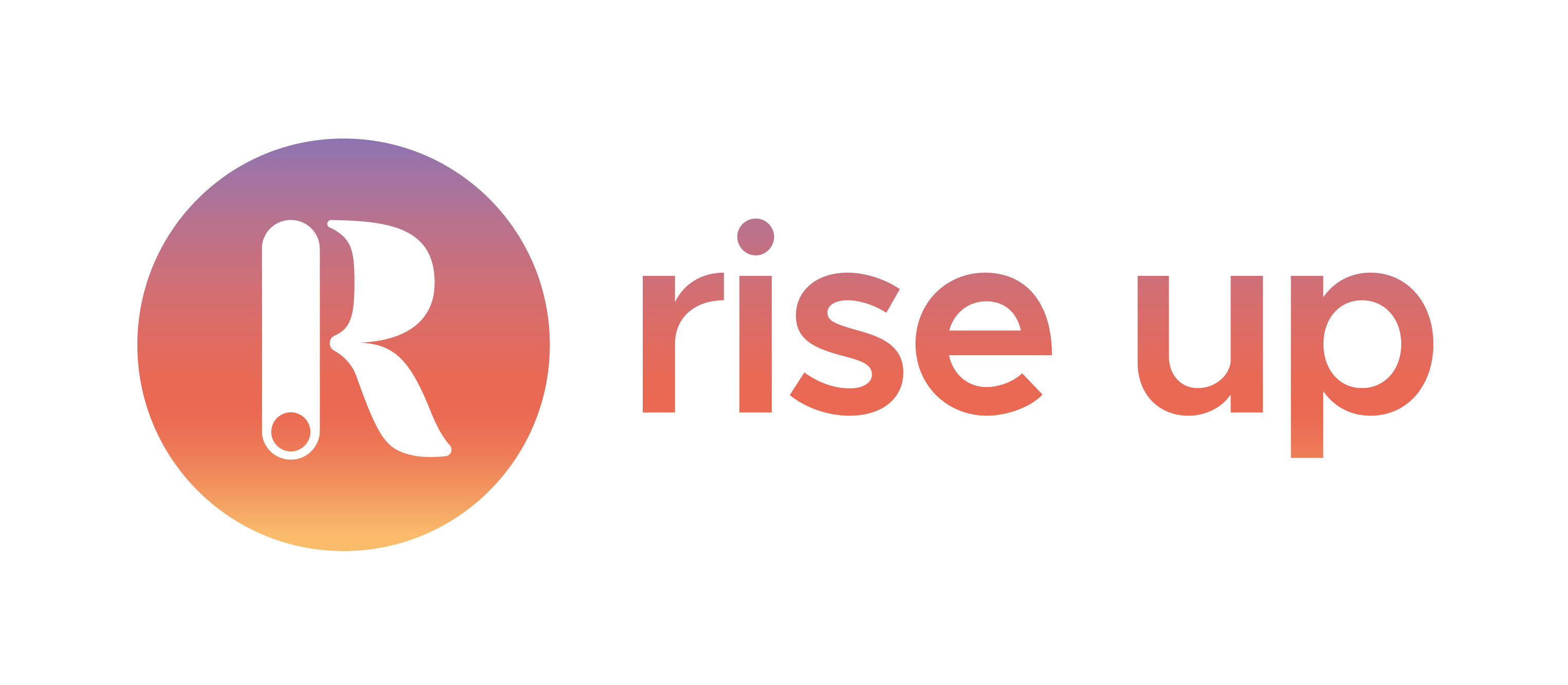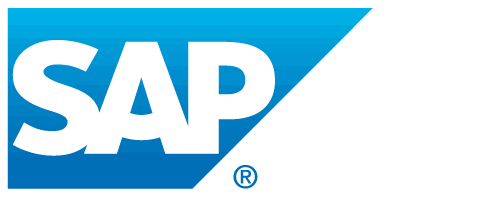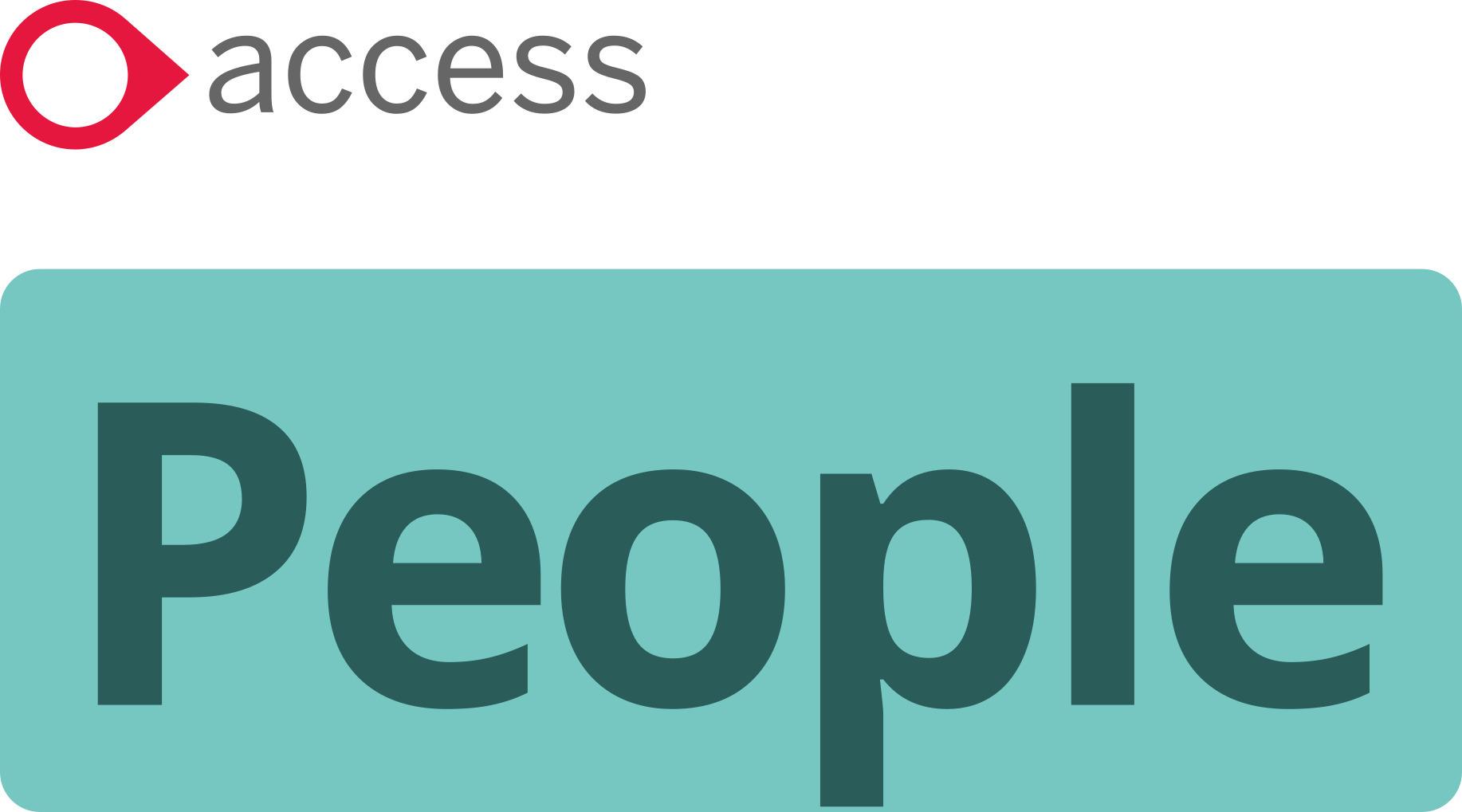According to Josh Bersin, who first coined the term learning in the flow of work in 2018, the average employee has access to just 24 minutes a week of 'formal' learning - and this was before the pandemic.
Opportunities for formal learning will not only have been squeezed by other demands on employee time, but hybrid working further reduces the opportunity for employees to learn by making any kind of training in a formal setting far more tricky to organise.
When everyone is working in different locations and at different times, formal classroom teaching methods simply don’t deliver as they once might have done.
More traditional training techniques can also emphasise the idea that learning is something that is done to employees, rather than really reflecting the way that employees need to experience it – that is often when they are working and come across a situation which is outside their previous experience.
They need answers there and then, not in a few weeks’ time when you’ve had a moment to organise a training session. Hence Bersin’s concept that learning needs to be focused inside the flow of work, not something experienced outside that flow with no direct connection to it.
Taking learning outside the classroom
So just what is Learning in the Flow of Work? Put simply, it’s the use of technology, to create ways for employees to access what they need to know when they need to know it. So that training is focused directly on what the employee wants to find out about.
Technology also enables them to access that knowledge at a time and in the best way they feel it works for them.
As well as providing instant support, this further improves employee engagement by empowering the individual. They have a direct interest in accessing that learning and will put it into use straight away.
Technology can also provide feedback to the HR and L&D teams to help them further improve both the content and further refine the delivery of that learning.
Delivering learning in the flow of work
The concept sounds ideal. But you need to be able to make it work. For that to happen it needs to be accessible, on-demand, customised and curated.
That requires creating a learning centre which employees can access – in whichever way they choose - and which must contain all the material - be that videos, documents, or other links.
The employee should then be able to refer to these via whatever device they regularly use. Clearly a tall order for many businesses, stretched as they are right now, with many more pressing demands for the senior team and their HR support to deal with.
The good news is that there are specialists out there who can help you develop the kinds of material and technology you require to turn the concept of Learning in the Flow of Work into a reality.
Rise Up, for example, uses an app for Microsoft Teams which enables you to develop just the kind of resource platform you need to roll out this kind of in-work training right now. Not only that, but the company has considerable experience in successfully managing such programmes for global companies.
Whatever the need, be that the technology itself, expertise, or content, Rise Up can support you at every step of the way.
As an example, one of Rise Up’s case studies shows how they implemented learning in the flow of work for AKKA Technologies, a leading engineering and technology consulting group that employs 21,000 people in more than 20 countries around the globe.
They were the first customer to integrate training into their employees’ working environment using Rise Up and Microsoft Teams. To find out more click here.
New ways to work demand new ways to learn
There is little doubt that learning in the context of work empowers employees. By taking ownership of their own performance, not only will they learn as they work, but that in turn increases their engagement by giving them access to the tools they need, when they need them.
That will lower turnover and improve productivity, because employees can immediately apply the new skills they have accessed. With learning in the flow of work they can not only get all the learning they need when they need it, but you get all the benefits as their new skills are put into immediate practice.
So isn’t it time for your company to go with the flow?
Carmen Bercea, UK manager, Rise Up
To find out more about Learning in the Flow of Work and how you can turn this concept into a reality for your own organisation click here.















